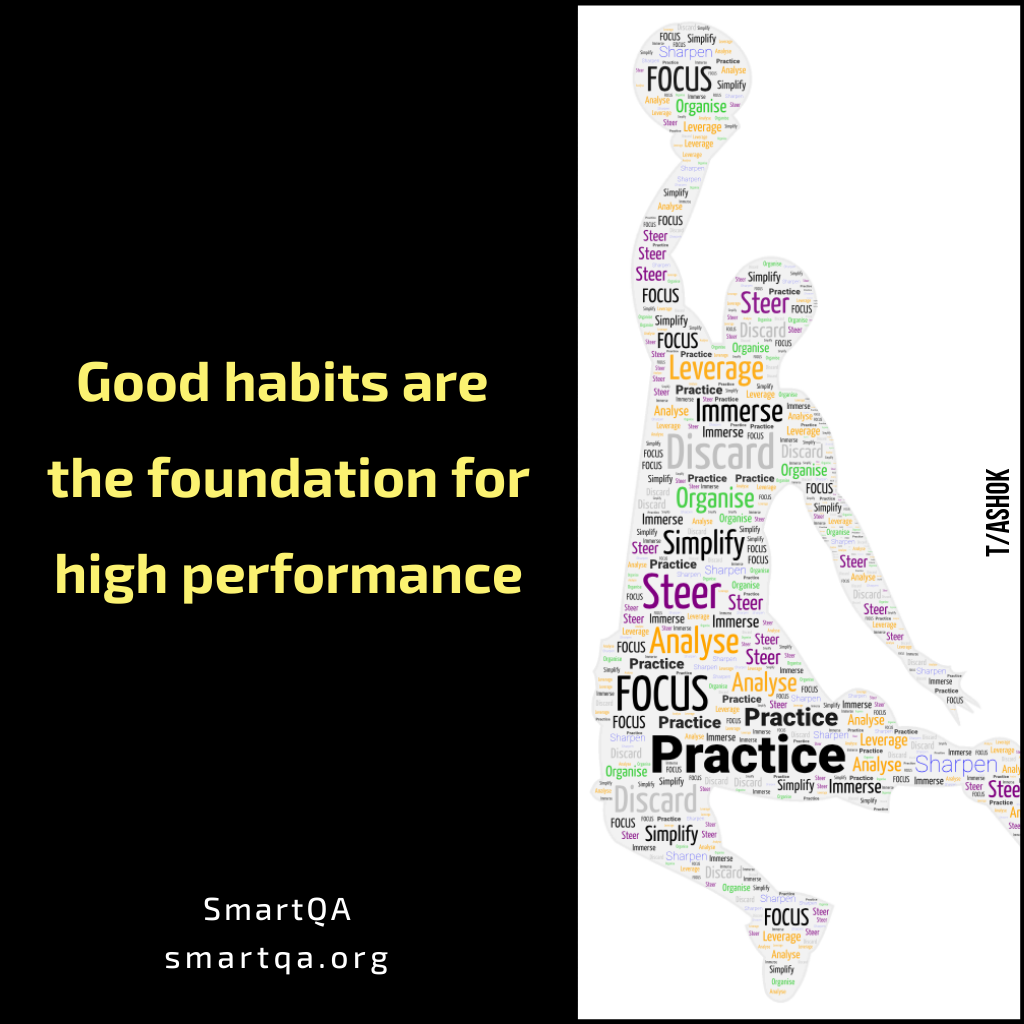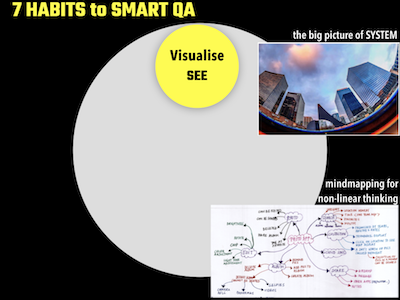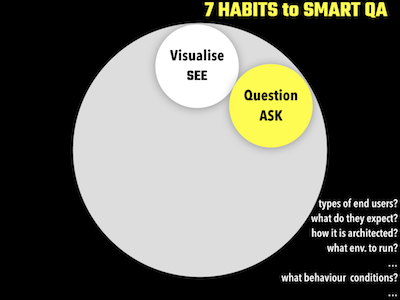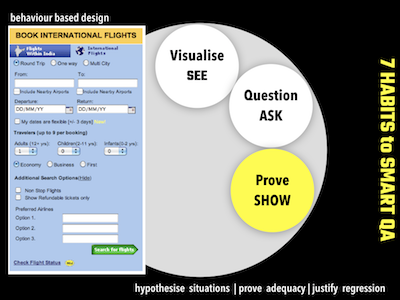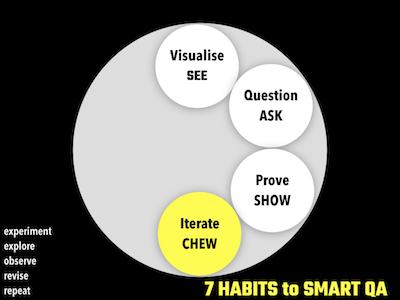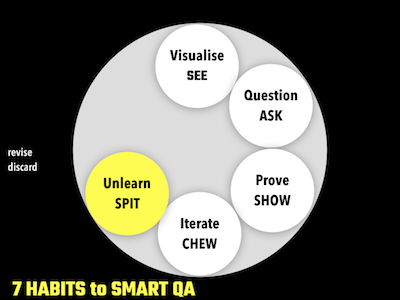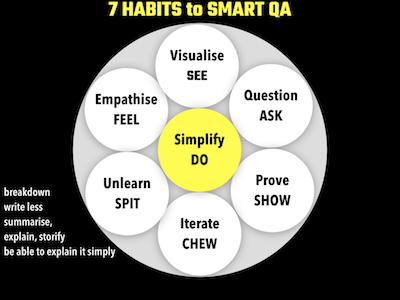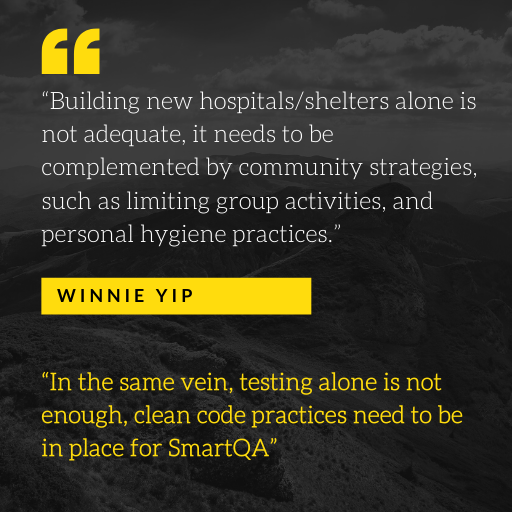SmartQA Digest
Suddenly the entire world is talking of testing, well it is in the context of Covid19. As the world chugs along trying to contain the pandemic, I was inspired to draw parallels from how the world is handling this, to large scale software development. The article “COVID19 and Clean Code Part 2 : Process & Criteria” focuses on process flow and criteria to delivering clean code for large scale systems.
An earlier article COVID19 and Clean Code Part 1: Techniques also inspired by Covid19 looks at three key actions in terms of Prevention, Detection, Containment to contain the pandemic and relates this to ‘what-t0-do’ to deliver clean code.
In this week’s smartbits, Anuj Magazine outlines two interesting aspects to career growth – “non-linearity” and “uni-dimensionality”. He says career paths up to the top of organisation rarely tend to be linear, they always zigzag. Uni- dimensionality, about being a specialist, about having deep knowledge, is key to growth, he says. He concludes with “The QA profession has been under pressure from external forces, as decision makers in organization want to see more value. It comes to more of an economics decision, that we always called as cost of quality, we never use the term profit of quality. We need people who can represent QA in a boardroom where value can be showcased, and that is lacking at the moment.” Watch this very interesting video “On Career Growth“.
All this and more at smartqa.community. Browse for crisp articles and brilliant videos on delivering how-to deliver clean code smartly. Do forward this to anyone who you think is passionate about clean code.
beEnriched
COVID19 and Clean Code Part 2 : Process & Criteria
March 20, 2020
This article as a SlideShare lists actions taken and criteria met to contain the pandemic and correlate this to how we can deliver clean code for large scale software systems.
expandMind

Approximate thinking
September 20, 2019
A beautiful book that taught me “Approximate thinking” of how to rapidly approximate and get facts to analyse further.
